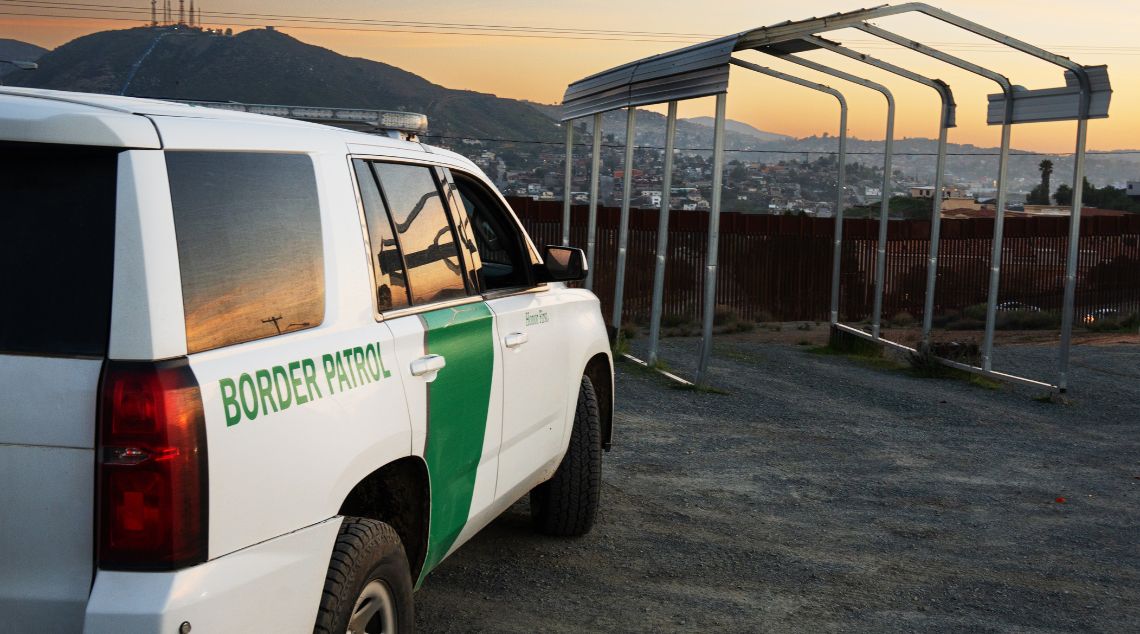Since the second half of 2023, the United States has been faced with an unprecedented amount of illegal border crossings at its Southern border. For states such as Texas, Arizona, and New Mexico, it’s been over six months of a developing humanitarian and law enforcement crisis. This onslaught of new arrivals is partially spurred by the end of Coronavirus restrictions, an entrenched state of lawlessness near the border, and deteriorating economic and safety conditions in areas as distant as Honduras and Venezuela.
Initially, the sight of hungry and beleaguered masses was met with compassion and charity. But as resources ran dry, border states saw their shelters, processing centers, and even soup kitchens tremble under the pressure. Now, the ripples can be seen even in distant Northern States.
The Latest Migrant Surge, in Figures
If we needed to pinpoint a “Day Zero” for the current immigration crisis, that would be May 11, 2023. This is the day the Biden Administration lifted “Title 42,” an emergency measure that froze all asylum applications during the COVID-19 pandemic.
Almost immediately, tens of thousands of people who had been camping on the other side of the border began flooding the border — and immigration agents found there was no contingency plan in place.
Ever since:
- The number of apprehensions and deportations per week and month has doubled
- Between 200,000 and 250,000 people have crossed the border illegally every month
- The number of families with children who attempt the journey has tripled
Could This Tide Flood the Border States?
In many ways, it already has.
The Governors of New Mexico, Texas, and Arizona have all separately condemned the Federal response to the current migrant crisis. The common thread is clear: the number of ICE agents, law enforcement officers, and even shelter beds is insufficient — leaving everyday citizens and police officers in many border towns to fend for themselves.

In Texas, Governor Abbott launched the multi-million dollar “Operation Lone Star” across his State. Many of his moves have been widely criticized by Washington’s liberal establishment, but for the residents of Eagle Pass, El Paso, or Laredo, they are the only sensible option.
Often, many migrants hire the services of “coyotes” who promise to drive them away from the border (where they’re more likely to be arrested). Then, these coyotes dump them at nearby U.S. towns, where “tent cities” have sprung up nearly overnight.
Many migrants who seek to apply for asylum turn themselves to the police. If they have no children with them, many of them hope to be taken to an ICE processing facility, where they can await a hearing date with the certainty of a meal. But neither Arizona nor Texas’ facilities can handle so many people. So many turn up in local county or municipal jails. Many of these facilities will have to close without extra funding, releasing hundreds of people with little supervision.
Effects of Illegal Immigration on Northern “Welcoming Cities”
Although the U.S. Congress sued Gov. Abbott for his move to arrest illegal migrants, common sense still dictates that such a huge burden should be shared across all states. As a result, many northern states attempted to present themselves as sanctuary cities and states or “safe havens” for the asylum seekers bused away.
This goodwill soon had to face a harsher reality. The number of arrivals quickly surpassed the capacity of even major cities, such as New York or Chicago. In Illinois, where local authorities first prepared to welcome Venezuelan arrivals, shelters quickly became overwhelmed: it resulted in migrants sleeping in police stations or camping in parks. The mounting pressure and indignation eventually led to the resignation of several pro-immigration aldermen and the possible nervous breakdown of Chicago’s Mayor.
Likewise, the lack of control or information regarding many migrants has cost New York dearly. Many asylum seekers fled their countries to escape their ties to organized crime, so it should not be surprising when a small mob of them assaulted a police officer in Times Square in early February.
One way or the other, these migrants will continue to shape political debates until the upcoming Presidential election. But with no money to house them and no police officers to guide them, the final tally may not benefit them.
Image Source: Canva









